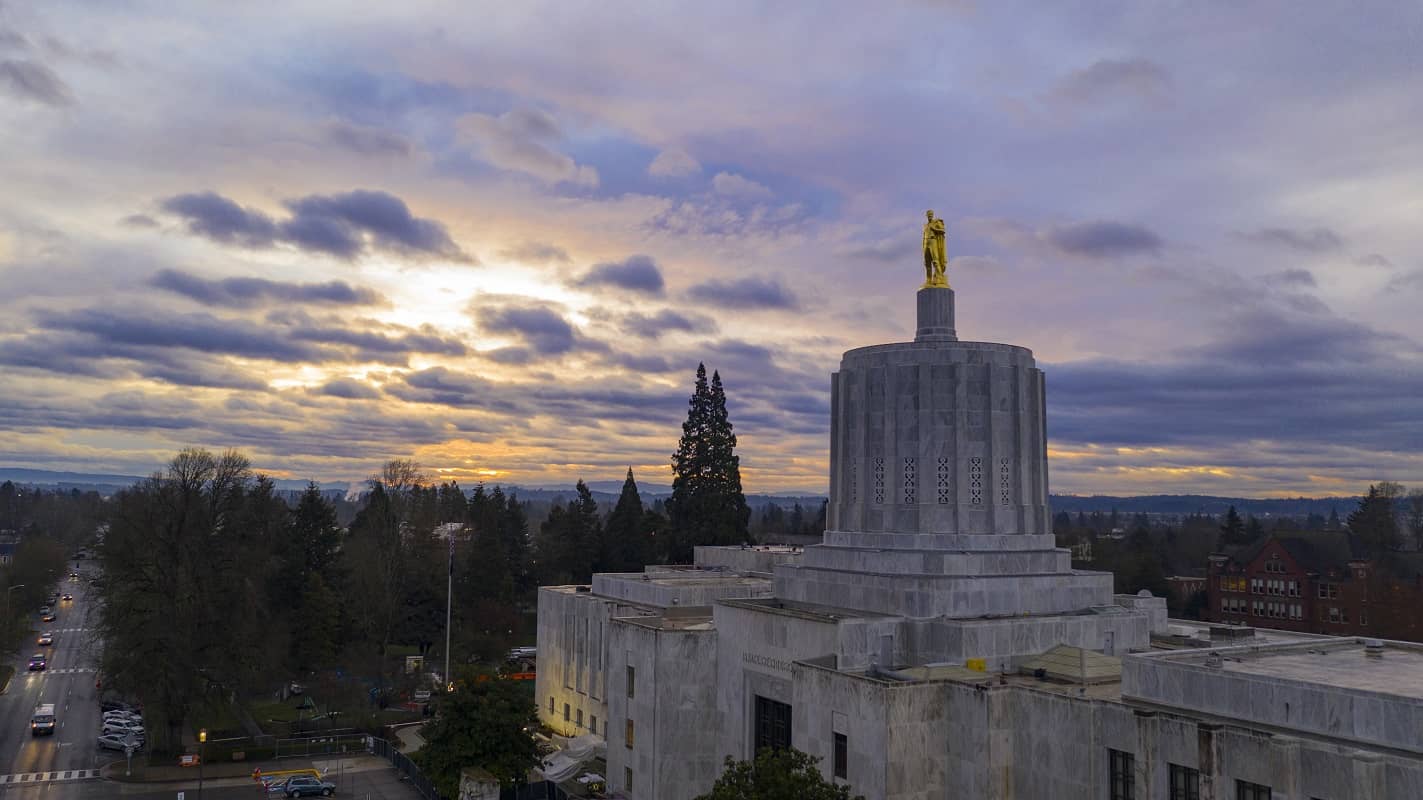

Summary
Critics of Oregon’s so-called “double majority” rule say it isn’t democratic because a simple majority of those voting may not be able to pass a tax measure. But in reality, just 25% of registered voters can raise taxes under “double-majority.” “Double majority” is a sensible taxpayer safeguard that should be kept, and even strengthened.
Word count: 623
How many voters should it take to raise your taxes? Oregonians once again will be asked this question on our November ballot. Currently, local governments seeking approval of certain property tax measures must see at least 50 percent of their qualified voters turn out before a majority of those voting can approve the new tax. The only exception to the 50 percent turnout requirement is for November elections held in even-numbered years. This requirement is known as the “double majority” rule.
Now, the legislature has placed Measure 56 on the ballot. It would void the double majority rule in any election held in May or November of any year, even or odd. This effectively grants local governments four times as many chances to pass new taxes with low voter turnout than they have now.
The legislature also wrote the Fiscal Impact statement for the measure, stating that “there is no direct financial effect on state or local government expenditures or revenue.” While there may be no “direct” financial effect, the indirect effect is clearly to increase revenue. If this were not the case, why loosen the rule at all?
Double majority rule critics argue that it somehow isn’t democratic because a simple majority of those voting may not be able to decide the issue. Yet some limitations on majority rule are both acceptable and appropriate under our form of government. Neither branch of our legislature can vote on anything without a majority, or a quorum, being present. And, in 1996 Oregon voters approved a Constitutional amendment that requires a 3/5 majority in both houses of the legislature to pass revenue-raising bills. This recognizes that imposing taxes is a serious matter and should not be done without a supermajority of the people’s legislature approving.
Oregonians also voted in 1996 and again in 1997 to place the double majority requirement on certain property tax elections into the state Constitution. In 1998 voters rejected an attempt by the legislature to repeal it. Now, the legislature has placed a similar measure on this November’s ballot. It will ask Oregonians to reverse a decision we’ve already made three times before.
Even though supermajority rules are part of our electoral process, the double majority rule does not require a supermajority to pass any tax. In fact, the opposite is true.
If only fifty percent of registered voters participate in a given election, and if just fifty percent plus one of those voters approve a property tax measure, simple math tells us that a mere 25 percent of all registered voters can impose that tax on all property owners in the jurisdiction. In effect, they can impose that tax on all renters, too, since landlords usually pass taxes on to their tenants in the form of higher rents.
So, the double majority rule just as easily can be called the 25 percent rule, because it allows taxes to increase if only 25 percent of all registered voters approve.
Before the rule was in place, taxes could be imposed by a mere 20 percent, or 10 percent, or even a smaller percentage of all registered voters. Now, it takes at least 25 percent of all registered voters to impose certain property taxes in other than a general election.
Looked at this way, if anything, the double majority rule isn’t flawed because it places the bar too high, but because it places the bar too low.
Rather than repeal this sensible taxpayer safeguard, it might be more “democratic” to strengthen it, perhaps by requiring a majority of all registered voters to vote Yes before any tax can be imposed.
If Oregonians were given such a choice, the result might disappoint the double majority critics far more than the rule itself ever has.
Attention editors and producers:
Cascade Commentaries are provided for reprint in newspapers and other publications, with credit given to author(s) and Cascade. Contact Cascade to arrange print or broadcast interviews on this commentary topic.
Electronic text files are available online at www.cascadepolicy.org.
Please contact:
Nancy Wheaton
Cascade Policy Institute
4850 SW Scholls Ferry Rd.
Suite 103
Portland, Oregon 97225
Phone: (503) 242-0900
Fax: (503) 242-3822
www.cascadepolicy.org
info@cascadepolicy.org
Cascade Policy Institute is a tax-exempt educational organization as defined under IRS code 501(c)(3). Nothing appearing in this Cascade Commentary is to be construed as necessarily representing the views of Cascade or its donors, or as an attempt to aid or hinder the passage of any bill before any legislative body. The views expressed herein are the author’s own.











